Editor’s Note: The governor recently corrected his report to say 68 Connecticut town are now red, not 42.
MONROE, CT — First Selectman Ken Kellogg issued a CodeRed message to residents Thursday, saying the town now averages 3.5 new COVID cases per day, moving it into the Connecticut Department of Public Health’s red alert category, along with 68 other towns.
“Tragically, we also lost two more elderly residents to COVID-19,” Kellogg said in the phone message.
In his written update, the first selectman said one individual was in their 70s and one in their 90s. As of today, DPH reports a total of 217 confirmed and 16 probable cases in Monroe. Just over half of the total recent cases involve multiple people living in the same household, according to Kellogg.
DPH’s color coded map tracks a two-week average daily case rate per 100,000 by town, with colors ranging in severity from gray to yellow to orange then red. Monroe had 18 positive cases over the period, for an average of 3.5 per day, Kellogg said.
The trend shows a significant increase in cases statewide, as well as in Fairfield County. The state’s rolling 7-day testing positivity rate is 3.5-percent.
“This week, the state is starting to include the rapid antigen tests in case reports,” Kellogg said. “Previously, they only included the PCR molecular tests.”
However, Kellogg ended his message on an optimistic note.
“Just as we did in the spring, we can work together to make a difference,” he said. “We all know that our individual actions can reduce community transmission, so please remember to wear a mask and maintain social distancing.”
For information on free testing, click here.
Restrictions in place
Starting Monday, public access to Monroe Town Hall will be by appointment only. Remote servicing via phone, email or our drop box are still available and encouraged. The library will remain open, but with further limitations on overall capacity.
The first selectman said the entire state will move back to Phase 2.1 of the reopening plan tomorrow morning in accordance with Gov. Ned Lamont’s executive orders.
“The goals of this action are to slow community spread, while striving to keep schools open, protect our health care capacity and minimize economic impact,” Kellogg said.
Private social gatherings will be limited to a maximum of 10 people, whether indoors or outdoors; and commercial event venues will be limited to 25 indoors, 50 outdoors.
Restaurants’ indoor capacity will be capped at 50-percent with a maximum of eight people per table. Restaurants and entertainment venues must close by 10 p.m. with the last service for in-person dining at 9:30 p.m. —although takeout and delivery may continue.
Personal services, such as hair and nail salons, will remain at 75-percent capacity.
Religious gathering will be limited to 50-percent capacity indoors or to 100 people maximum.
Kellogg said the state will be releasing new Sector Rules regarding sports.
The full rules are linked on www.MonroeCT.org/COVID-19.

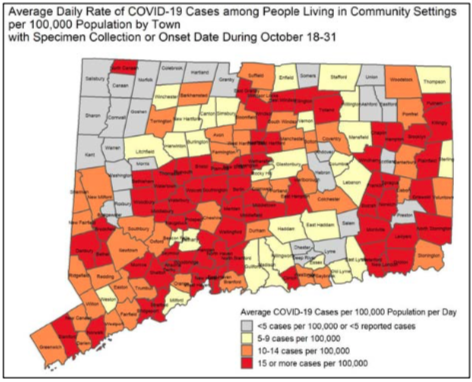
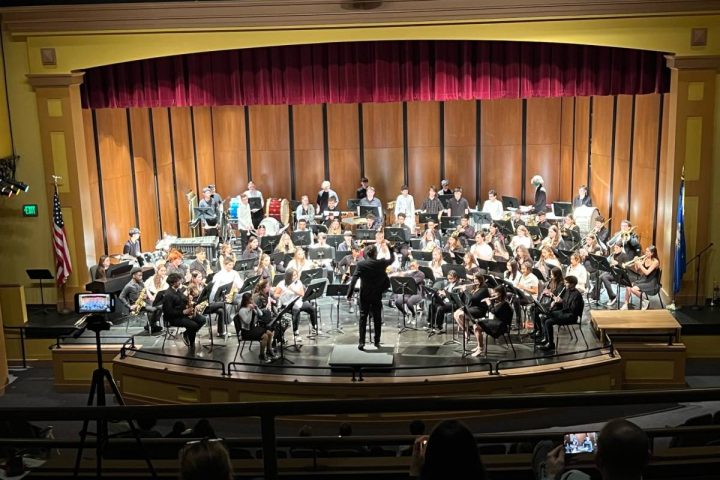
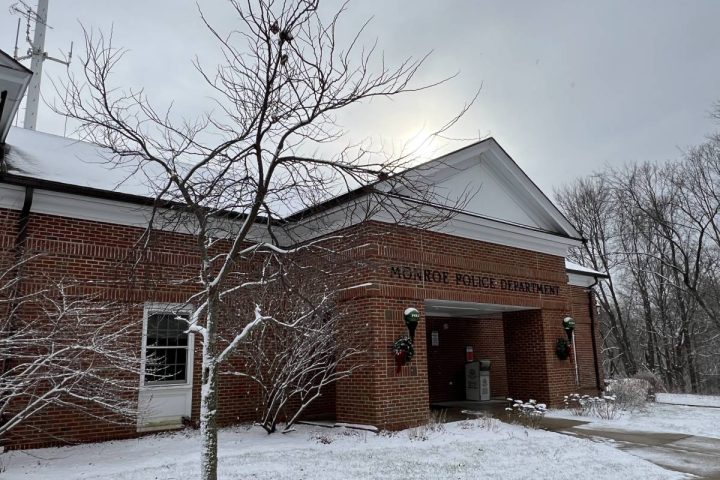
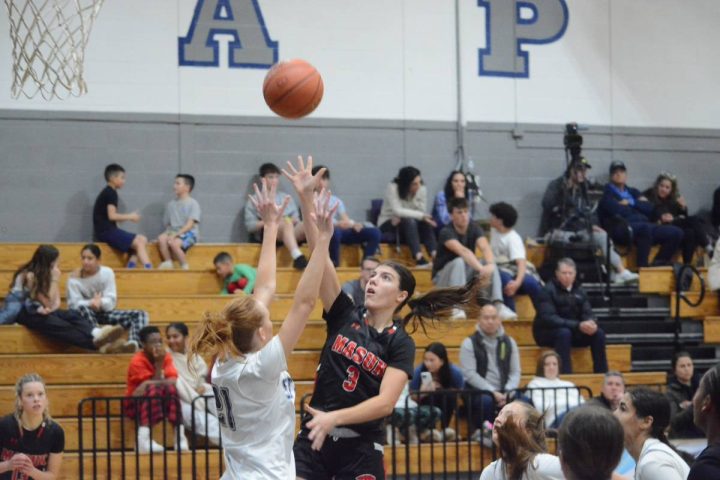
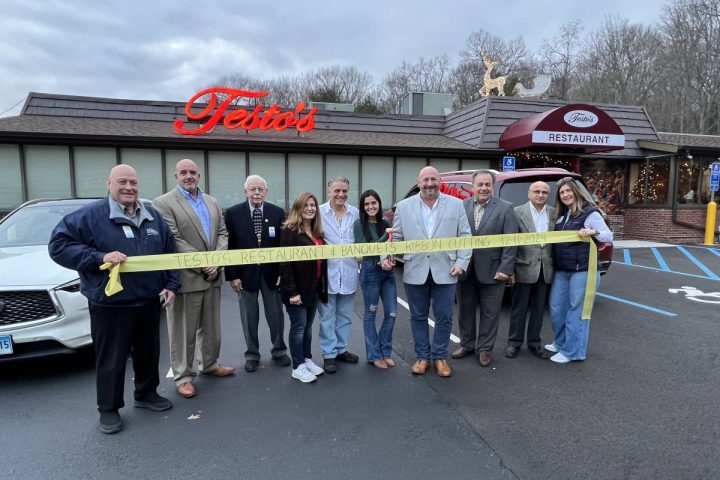

I would like to see more detail on what the tracking investigations have disclosed. Specifically, where did recently infected people come in contact with the virus? In addition to wearing masks and following social distancing, we could also identify conditions which have proven to be conducive to spreading the virus. Then, we can focus on reducing those proven sources. And, at the same time, possibly relaxing overkill on other measures. Of course, if the tracking efforts do not contain this type of information, what can be done to improve the process? If we can define specific cases that could have been avoided if certain actions were or were not taken, we could gather more unified support for action needed to overcome these spikes.